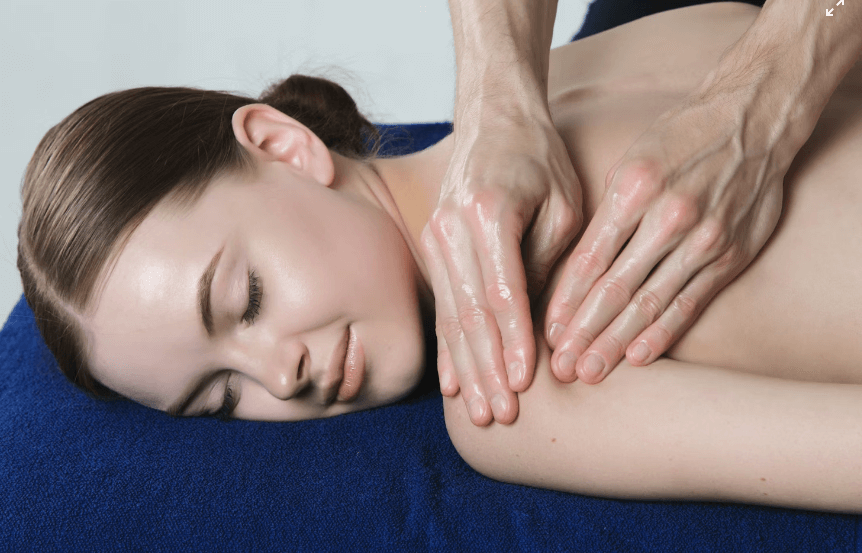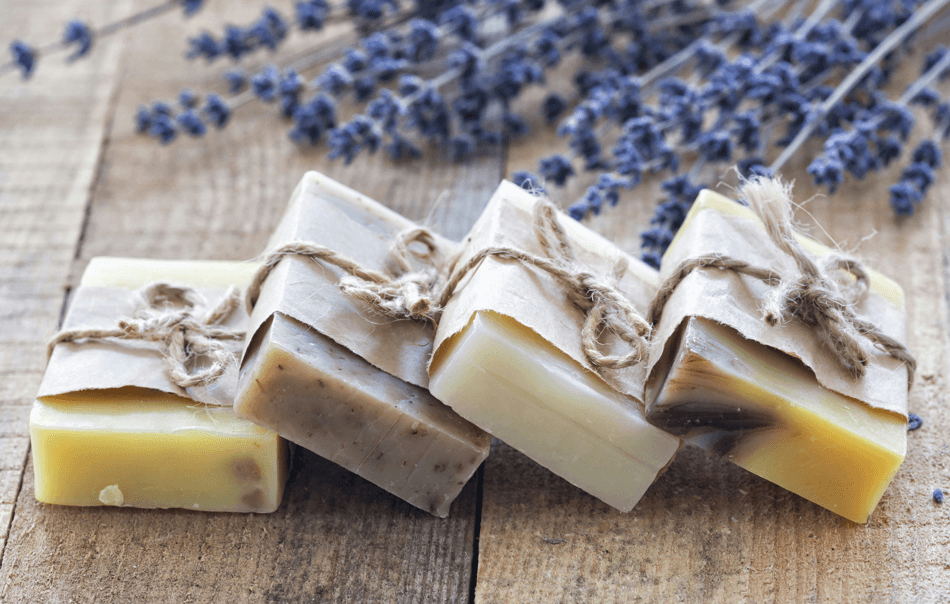Can You Use Niacinamide With Retinol? Unveiling The Power Duo for Your Skin

Key Takeaways
- Combining niacinamide with retinol can offer enhanced benefits for skin health, addressing issues like uneven skin tone, dark spots, and aging.
- It's important to understand how to properly layer niacinamide and retinol in your skincare routine to avoid irritation and maximize effectiveness.
- Consulting with a skin care specialist or board-certified dermatologist can provide personalized advice for using these active ingredients based on individual skin concerns.
Skincare enthusiasts often find themselves at a crossroads when it comes to mixing active ingredients. Among the most debated combinations is whether you can use niacinamide with retinol. This article dives into the compatibility of these two powerhouse ingredients, their benefits, and how to incorporate them into your skincare routine effectively.
Understanding Niacinamide and Retinol
Niacinamide, also known as vitamin B3, is a versatile ingredient that addresses a wide array of skin concerns. It's known for its ability to help the skin retain moisture, reduce the appearance of fine lines and wrinkles, and improve skin texture. Niacinamide serum has become a staple in many skincare routines for its brightening effects and ability to help diminish hyperpigmentation.
Retinol, on the other hand, is a derivative of vitamin A and a potent form of retinoic acid. It's revered for its ability to unclog pores, accelerate cell turnover, and stimulate collagen production. A retinol serum can visibly reduce the signs of aging and is often recommended by dermatologists for its powerful anti-aging properties.
Can You Layer Niacinamide and Retinol?
The question of whether you can use niacinamide and retinol together in the same skincare routine is met with a resounding yes from experts in clinical and aesthetic dermatology.
Unlike niacinamide, retinol can cause irritation and dryness, especially for those with sensitive skin. However, niacinamide is known for its calming properties and can help mitigate the potential irritation caused by retinol.
When layering these ingredients, it's important to apply them in the correct order. Typically, niacinamide, being a water-based product, should be applied before retinol, which is usually oil-based. This allows each product to absorb properly without hindering the other's effectiveness.
The Benefits of Using Niacinamide with Retinol
Combining niacinamide with retinol can amplify the benefits for your skin. Niacinamide helps to strengthen the skin's barrier, which can be compromised by retinol's potent exfoliating action. This duo works together to improve skin texture, reduce the appearance of dark spots, and promote a more even skin tone.
Moreover, niacinamide's ability to regulate oil production complements retinol's pore-refining properties, making them an excellent pair for those struggling with excess sebum production and clogged pores. The result is smoother, clearer, and glowing skin.
How to Incorporate Niacinamide and Retinol into Your Routine
To effectively use niacinamide and retinol together, start by introducing each ingredient separately into your skincare routine. This allows your skin to adjust and minimizes the risk of irritation. After cleansing, apply a niacinamide serum to the entire face, followed by a retinol serum. Always finish with a broad-spectrum sunscreen in the morning, as retinol can increase sensitivity to UV rays.
It's also advisable to perform a patch test before applying these products to your entire face, especially if you have sensitive skin. This can help you gauge how your skin reacts and whether any adjustments need to be made to your application method or frequency.

Maximizing Results: When to Apply Retinol and Niacinamide
Have you ever found yourself staring at your skincare products, wondering in what order you should apply them to get the most out of their benefits? Let's talk about timing—specifically, when to apply retinol and niacinamide in the same routine.
Retinol, a potent ingredient known for its age-defying properties, is typically best applied at night as it can increase your skin's sensitivity to sunlight. On the other hand, niacinamide, a brightening serum that helps diminish the appearance of dark spots, can be used both morning and night, as it doesn't affect your skin's response to sun exposure.
Now, if you're planning to mix niacinamide and retinol, it's essential to consider your skin type. For those with more resilient skin, applying niacinamide in the morning and retinol at night might be the way to go.
However, if you have sensitive skin, you might want to use these powerful ingredients as separate products on alternate days or even weeks. This approach allows your skin's barrier to adjust without overwhelming it.
Always remember, a skin care specialist or board certified dermatologist can provide personalized advice for your unique skin needs.
Protecting Your Investment: The Role of Sunscreen with Niacinamide and Retinol
When you're investing time and effort into your skincare routine, you want to ensure you're protecting that investment. That's where broad spectrum sunscreen comes into play, especially when you're using ingredients like retinol and niacinamide together.
Retinol can make your skin more susceptible to UV damage, so applying a broad spectrum sunscreen every morning is non-negotiable. It shields your skin's surface from harmful rays, preventing the breakdown of collagen and the emergence of photoaging signs.
But what about niacinamide? While it doesn't increase sun sensitivity, it plays a crucial role in supporting the skin's barrier, which can be compromised by UV exposure. By adding niacinamide to your morning regimen, you're reinforcing your skin's defenses, making your sunscreen even more effective.
Think of niacinamide as the trusty sidekick to your sunscreen, working tirelessly to keep your skin radiant and robust. So, before you step out the door, make sure to apply a generous amount of sunscreen to lock in the benefits of your skincare heroes.
Addressing Skin Concerns with Niacinamide and Retinol
For those dealing with specific skin issues like uneven skin tone, fine lines, and wrinkles, or hyperpigmentation, using niacinamide and retinol together can be particularly beneficial. Niacinamide's brightening properties help to even out skin tone, while retinol's ability to promote cell turnover can diminish the visible signs of aging.
It's important to note that while these ingredients are generally safe for most skin types, individuals with extremely sensitive skin or certain skin conditions should consult with a board-certified dermatologist before combining these active ingredients.
The Science Behind Niacinamide and Retinol
Research, including studies published in the International Journal of Clinical and Aesthetic Dermatology, supports the use of niacinamide and retinol together. Cultured human skin keratinocytes have shown that niacinamide can enhance the skin's barrier function, which is essential when using retinol, known for its potential to cause irritation.
Additionally, niacinamide's moisture retention properties can help keep the skin hydrated, which is crucial when using retinol, as it can lead to dry skin if not properly managed.
Tips for Using Niacinamide and Retinol
When using niacinamide and retinol together, it's essential to listen to your skin. If you experience redness or irritation, consider reducing the frequency of retinol use while maintaining the niacinamide application. It's also beneficial to use a heavier serum or cream containing hyaluronic acid or ceramides to further support the skin's moisture barrier.
Remember, the goal is to achieve a balanced skin care routine that addresses your skin concerns without causing additional stress to the skin. Adjusting the concentration of the active ingredients or alternating days of use can help achieve this balance.
Alternatives to Niacinamide and Retinol
If your skin reacts negatively to retinol, consider using alternative active ingredients like vitamin C serum or salicylic acid. These can also be paired with niacinamide to target different skin concerns. Vitamin C is a powerful antioxidant that can help with brightening and protecting the skin from environmental stressors, while salicylic acid is excellent for exfoliating and unclogging pores.
Final Thoughts on Niacinamide and Retinol
Using niacinamide and retinol together can be a game-changer for your skin care routine. With proper application and attention to how your skin reacts, this combination can lead to healthier, more resilient, and youthful-looking skin.
Always remember to consult with a professional if you have any doubts or concerns about incorporating these ingredients into your regimen.
Summary
In conclusion, you can indeed use niacinamide with retinol to enhance your skincare routine. This combination can address a variety of skin concerns, from aging to acne, by improving skin texture, moisture retention, and overall skin health. By following the guidelines for proper application and considering your skin's unique needs, you can safely enjoy the benefits of both niacinamide and retinol.
FAQ Section
Q: Can I use niacinamide and retinol together every day?
Yes, you can use niacinamide and retinol together daily, but it's important to start slowly and monitor how your skin reacts. Some people may need to use retinol less frequently to avoid irritation.
Q: Should I apply niacinamide before or after retinol?
It's generally recommended to apply niacinamide before retinol. Niacinamide is water-based and should be applied to clean skin, followed by the oil-based retinol serum.
Q: Can using niacinamide with retinol cause my skin to purge?
Retinol may cause skin purging due to its exfoliating properties. However, niacinamide is unlikely to cause purging and can actually help soothe the skin during this process. If you experience prolonged irritation, consult a dermatologist.





